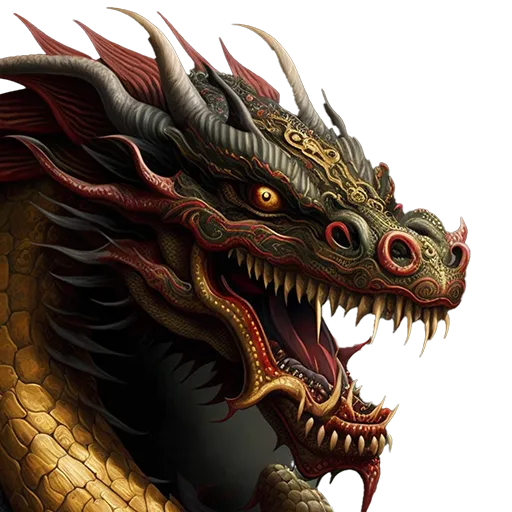Professor Zheng Manqing and the 37 Posture Yang Style Tai Chi Form
Zheng Manqing (Cheng Man-ch’ing) was born in 1902 in Yongjia (present-day Wenzhou) in Zhejiang Province, China. Known as the Master of Five Excellences, he was highly accomplished in Calligraphy, Poetry, the Chinese Classics, Traditional Chinese Medicine, and Tai Chi Chuan (Taiji Quan). A college professor, he became known to his Tai Chi students as Professor Zheng. Zheng Manqing learned the classical Yang…
